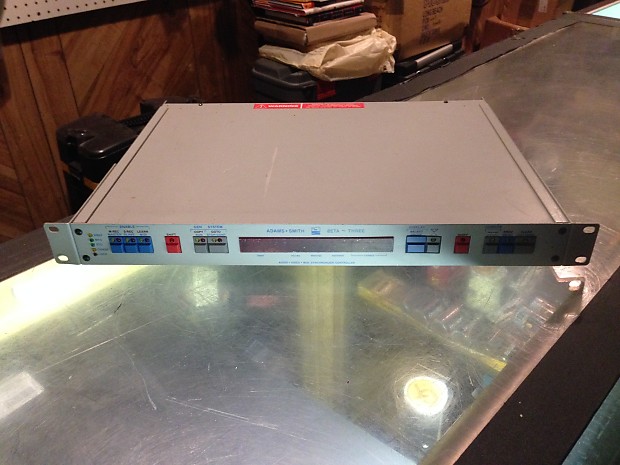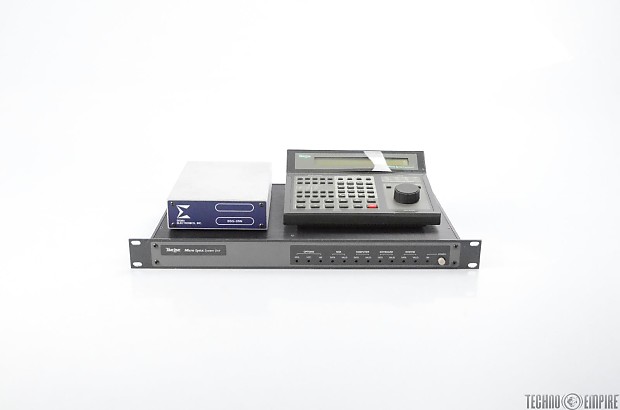Greetings everybody,
Recently, I was able to get a very nice Tascam ATR-60/16 in spectacular condition, with remote, stands, and more! Great machine! However, I would like to hook up the machine to be slaved to Cubase. Two synchronizers I know of that work well to provide the user with complete syncing of the machine to the DAW are the Adams Smith Zeta 3 and the Timeline Micro Lynx, but they are harder than unobtanium to come by right now. At least I was lucky enough to find Tascam ES-50.
Great machine! However, I would like to hook up the machine to be slaved to Cubase. Two synchronizers I know of that work well to provide the user with complete syncing of the machine to the DAW are the Adams Smith Zeta 3 and the Timeline Micro Lynx, but they are harder than unobtanium to come by right now. At least I was lucky enough to find Tascam ES-50.
Now, I know that because there is no tach pulse coming from the master machine (since there is no master machine) to give the slave machine (which in my case would be my ATR-60) directions on how to go about synchronizing to the master when the ATR-60 is in fast rewind or fast forward mode, I am looking to somehow trick the ES-50 into receiving some sort of tach pulse from Cubase in order for the two transports to sync quickly and easily, as they would with a Zeta 3 or a Timeline Micro Lynx synchronizer. If anybody has achieved this type of backdoor solution to get the two system to sync via a Tascam ES-50, please let me know. Thanks.
If anyone else has had success with using any other types of synchronizers to slave a tape machine to a DAW, please let us know. The above mentioned synchronizers are the only ones that I was able to see working to slave a machine to a DAW. Thanks!
Cheers!
Recently, I was able to get a very nice Tascam ATR-60/16 in spectacular condition, with remote, stands, and more!
 Great machine! However, I would like to hook up the machine to be slaved to Cubase. Two synchronizers I know of that work well to provide the user with complete syncing of the machine to the DAW are the Adams Smith Zeta 3 and the Timeline Micro Lynx, but they are harder than unobtanium to come by right now. At least I was lucky enough to find Tascam ES-50.
Great machine! However, I would like to hook up the machine to be slaved to Cubase. Two synchronizers I know of that work well to provide the user with complete syncing of the machine to the DAW are the Adams Smith Zeta 3 and the Timeline Micro Lynx, but they are harder than unobtanium to come by right now. At least I was lucky enough to find Tascam ES-50.Now, I know that because there is no tach pulse coming from the master machine (since there is no master machine) to give the slave machine (which in my case would be my ATR-60) directions on how to go about synchronizing to the master when the ATR-60 is in fast rewind or fast forward mode, I am looking to somehow trick the ES-50 into receiving some sort of tach pulse from Cubase in order for the two transports to sync quickly and easily, as they would with a Zeta 3 or a Timeline Micro Lynx synchronizer. If anybody has achieved this type of backdoor solution to get the two system to sync via a Tascam ES-50, please let me know. Thanks.
If anyone else has had success with using any other types of synchronizers to slave a tape machine to a DAW, please let us know. The above mentioned synchronizers are the only ones that I was able to see working to slave a machine to a DAW. Thanks!
Cheers!
Last edited:


